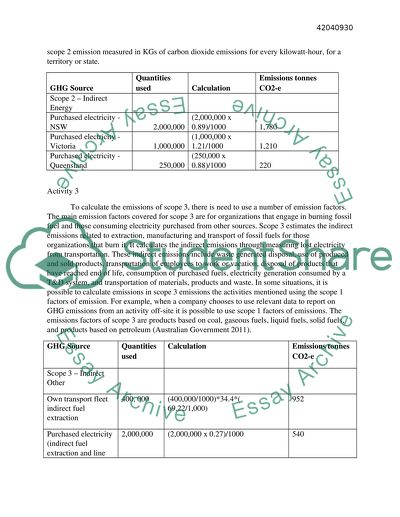Cite this document
(“Issues in Accounting Theory and Practice (Case Study National Case”, n.d.)
Retrieved from https://studentshare.org/finance-accounting/1472998-issues-in-accounting-theory-and-practice-case
Retrieved from https://studentshare.org/finance-accounting/1472998-issues-in-accounting-theory-and-practice-case
(Issues in Accounting Theory and Practice (Case Study National Case)
https://studentshare.org/finance-accounting/1472998-issues-in-accounting-theory-and-practice-case.
https://studentshare.org/finance-accounting/1472998-issues-in-accounting-theory-and-practice-case.
“Issues in Accounting Theory and Practice (Case Study National Case”, n.d. https://studentshare.org/finance-accounting/1472998-issues-in-accounting-theory-and-practice-case.


